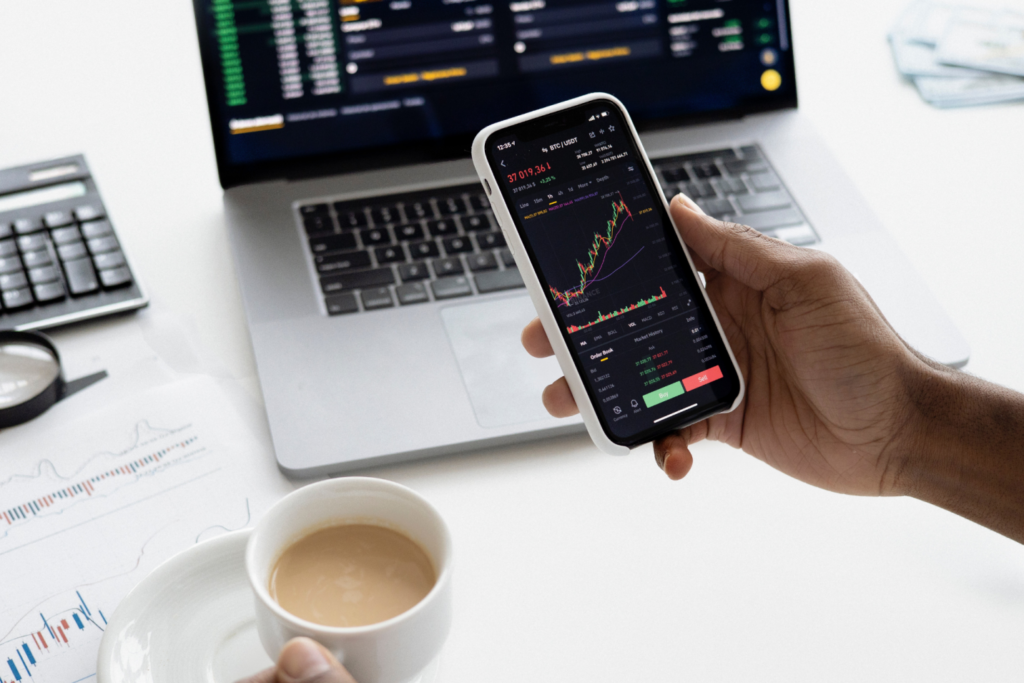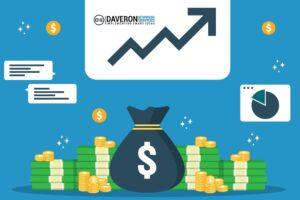Automated financial forecasting is great for technologically advanced industries as it allows them to have faster times for insights and decisions. It is critically essential for leading your organizations through the complexities of today and challenges in the future. Automating the financial process is crucial for industries nowadays. But as vital it is to attain, it requires an end-to-end strategy.
This blog presents 10 tips and tricks to automate your financial forecasts. Read on to get a good briefing about the same.
A Step towards Automated Financial Forecasting
The future of digital services and marketing industries lies in the hands of information technology companies of today. Commercial organizations of companies are rapidly digitizing and fabricating immaculate amounts of data available to support planning, analytics, and reporting sections. The future of forecasting is being upgraded through technological advancements to create an environment that allows people to work symbolically with predictive algorithms fueled by apt data. This results in industries being able to deliver near-accurate forecasts, discover prime insights and perform with more confidence and speed.
Organizational leaders and CFOs are adopting next-generation planning and strategizing abilities to capitalize and stock up on data availability, strategic real-time decision making, and backing up day-to-day business decisions.
Tips to Automate Your Financial Forecasts
Here are some tips you can follow up with to ease the process of Automating Financial Forecasting. Tick your boxes with all of these clauses to ensure that your process is done right:
1. The forecasting must have a system-generated set of integrated and forecasted financial statements.
2. The forecast must act as a database application for better control and management.
3. The forecast should have a modular approach, including a complete array of functions. Some of the functions are:
- 1. Personnel Module
- 2. Revenue Forecasting Module
- 3. Cost Forecasting Module
- 4. Operating Expense Module
- 5. Fixed Assets Module
- 6. Loans And Other Debts Module
4. It should allocate forecasted amounts to pre-defined and designated amounts.
5. There should be built-in business intelligence and rules available to users to choose from.
6. The benefit of driver-based forecasting is the ability to work with unlimited and different types of drivers should also be provided.
7. There is also supposed to be either a direct link available or a simple interface allowed to the accounts or ERP softwares’ general ledgers. This way the actual data can easily be accessed and populated in the budgeting software and also be immediately used in the analytical process, following the account period closure.
8. Both visual and alphanumeric reports should be readily available at all times and with minimal effort.
9. The chosen application must allow the users to set forth a chart of accounts representing the actual or mirror example of the accounting system’s chart.
10. The most salient part is for the budgeting, forecasting, and business intelligence software applications to act as an extension of the applied accounting software or ERP system’s actual financial data.
These are the points that you should assure while going through the procedure of Automated Financial Forecasting.
How is Automated Financial Forecasting Executed?
Being rewarded with a position of Automated Financial Forecasting doesn’t happen overnight.
It is crucial to take an end-to-end approach to data management, process designing, and show of talent. The thought-through design of integration across each one of these points is critical for the process of attaining Automated Financial Forecasting and delivering sustainable value to your company.
What is the Future of Automated Financial Forecasting?
Realizing the Future of Financial Forecasting
The system of Automated Financial Forecasting requires a sequential strategy across data management, workforce, process design, and talent. The future of automated forecasting is going to be enabled and enforced by humans and machines working together continuously and cohesively. This will cause the work field to produce reliable data feeds to deliver on-time insights driving valuable, data-led decisions for the companies to navigate complex environments quickly and efficiently. Workforce and talent models across the industries are adopting these futuristic ways of working already.
Talking about CFOs, automated forecasting means real-time decision-making. This is essentially focused as the companies tend to navigate unprecedented times and complex markets.
Our Take on the Topic
Automated Financial Forecasting is about understanding your company’s operations in the context of the economy at large. It is also about understanding what the risks and opportunities are in this environment. In addition, it is about communicating all this to your key partners.
Struggling to automate your financial forecasts? Daveron Networking has the expertise you need to develop an automated financial forecast that will take your planning to the next level. Schedule a call with us today!
Ready to grow your business? Speak to our growth experts and learn how to expand your customer base, drive revenue growth, and optimize your business operations.




